Kazakhstan is vast, and if I had to sum up my initial response on arrival in just one word, that word would be 'perplexed,' which is just perfect!
I started my travels in the west of the country, with most of the time spent around the North Caspian Sea cities of Aktau and Atyrau. The country appeared to be a flat expanse of sparsely vegetated desert as far as the eye can see, populated with grazing animals with rivers (often dry) meandering through the windy terrain towards the Caspian Depression
Cities are a relatively new feature for Kazakhstan with the oldest cities being less than 200 years old. The first cities where initiated by small settlements of Russian merchants or Russian military outposts in the 1730s and these evolved into the major cities of the modern country. That is not to say the region was not previously populated, in fact these lands have been occupied by humans since the dawn of civilization including, Scythians, Huns, Göktürks, Oghuz Turks and Mongols who have collectively played a huge and often underappreciated, role in shaping the present.
The common link between these people is that they were nomadic pastoralists, expert horsemen and formidable warriors.
The continental climate of large parts of Kazakhstan is well suited to nomadic pastoralism but I could not help wondering whether tens of thousands of years of human tribes, roaming the vast plains with herds of grazing animals, constantly in need of fresh pasture, wood for burning , crafting etc. has taken it’s toll on the land, specifically the land that lies between the 41st and 49th northern parallels.
Aktau
My first contact with Kazakhstan was Aktau. The original plan was to arrive by a cargo ferry from Baku, but the departure date was not defined and my Azerbaijan visa was running out so I ended up flying in.
My first impressions of the country were, the most beautiful huge skies, warm and friendly people, a low diversity of urban trees, a wind any floraphile would be afraid of and a very obvious footprint from the Soviet era.
Kazakhstan was administered by the Soviet Union (that took over from the Russian empire) between 1918 and 1991. The Soviet Era footprint in West Kazakhstan is really obvious, particularly the architecture style, known as brutalist architecture.
Brutalist architecture, although most often associated with the USSR, was pioneered in the United Kingdom after WW2 and subsequently embraced by the USSR where you will find it featuring prominently throughout many post-soviet-states.
A classic plant of Soviet era urban planners Elaeagnus angustifolia is one of the few species that is grown here and is planted liberally throughout the city.
A Jet mounted on a concrete slab , another fav of the Soviet urban planner :)
Aktau is located in the region of Mangystau, an area once inhabited by ancient tribes of the nomadic Scythians, however it was Uranium prospectors that established the city that is now known as Aktau. Today the city’s port is of increasing importance to Kazakhstan’s government as they have been diverting grain exports from the Black Sea to routes over the Caspian Sea and via rail through Azerbaijan and Georgia for delivery in Turkey and beyond.
There is a burgeoning tourist industry in the city with many tourists from Russia as well as other parts of Kazakhstan and neighboring countries visiting during the summer months to enjoy some beach life.
I’m not a big fan of the Caspian Sea beaches (based on what I saw along the coast of Azerbaijan) but the beach in Aktau is unique and it’s very pleasant to walk along the cliffs and wander among the rock pools of the shoreline. The beach is partially vegetated and there is plenty of interesting wildlife, including birds, lizards and invertebrates.
Street Trees in the City Aktua
Zelkova serrata are ubiquitous throughout the towns and cities in the west of Kazakhstan. They are grown as mature avenue trees and as hedging. These plants have edible leaves best picked when they are young. I don't think I have ever seen a single species of tree planted so often. Other prominent street trees include Elaeagnus angustifolia, Ailanthus altissima and Ulmus spp.
There are also some Populus spp. and Catalpa bignonoides, and what I think is Amorpha fruticosus. The tree species selection clearly indicates it gets very cold here with hot and dry summers. The tree planting earthworks around the city are a great example of how to plant a tree when water resources are scarce.
Curiously, the majority of flying insects have black and white coloration as opposed to the yellow and black more typical of temperate regions of the world. I’m not sure why, but it could be that black and white surfaces absorb heat more effectively than other colors which could be an advantage for insects in continental climates, which experience drastic swings of temperature between winter and summer.
Yet to visit a country where Alcea rosea - Hollyhock hasn't arrived before me. This particular plant, probably a garden escape, had the deepest red flowers and was teeming with pollinators.
I was very pleasantly surprised to see a lone patch of Ribes aureum - Golden Currants within a Zelkova serrata hedge row in a green space around the center. These plants are native to N. America and hardy to -20 C. The fruits taste great and are slightly larger than the currants typically grown in gardens of Europe. We’ve been growing Ribes aureum in our gardens the last few years and should have enough propagation material to start offering them from our nursery in a few seasons.
There is a large botanic garden in the city but it was closed for renovation. Apparently they are experimenting with growing the most hardy palms on the planet, the intention being to plant them along the esplanade
East of Aktau is not at all flat but still very deserted and there are a number of tour companies around the city that offer trips into this area, known as the Ustyurt Plateau, where unique land formations and sacred sites from the region can be found.
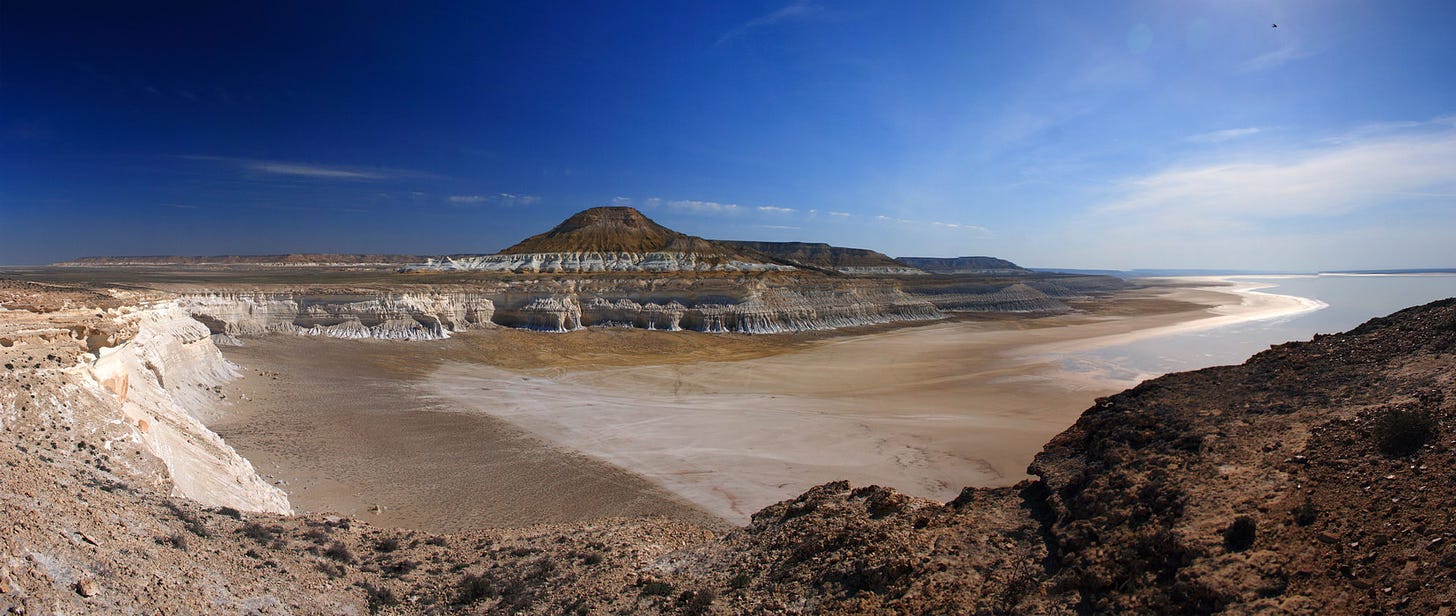
It’s an extremely hostile environment with very little precipitation and practically no open sources of fresh water. Winter lows can get as low as -50 C with summer highs of 40 C
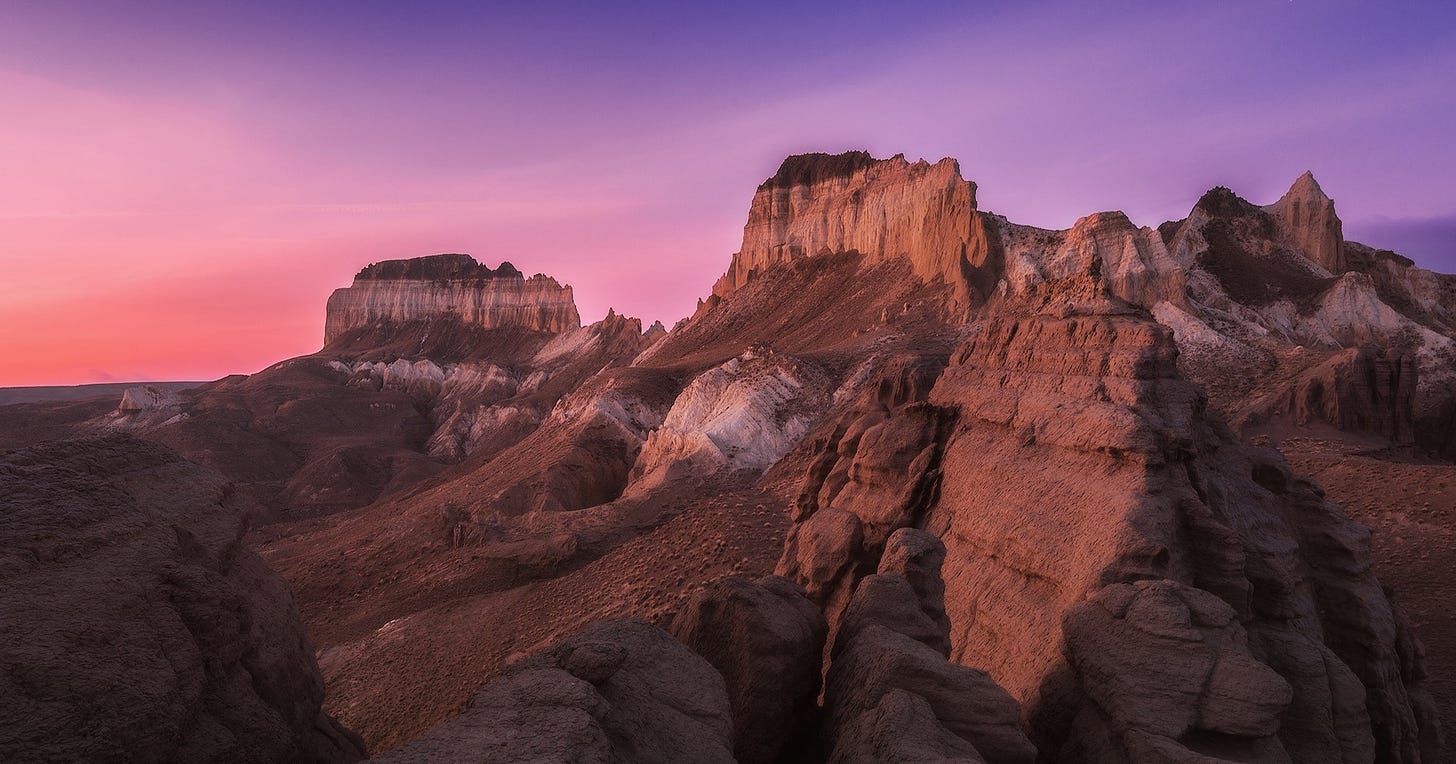
I prefer to travel at my own pace, constantly stopping to look at plants and other curiosities. The 10-hour roundtrip did not seem appealing, and unfortunately, there are no car rental options in all of West Kazakhstan, so I did not get to explore the Plateau.
Regenerative Landscape Design - Online Interactive Course
Want to learn how to design, build and manage regenerative landscapes? Join us on our Regenerative Landscape Design - Online Interactive Course. We look forward to providing you with the confidence, inspiration, and opportunity to design, build and manage regenerative landscapes, gardens, and farms that produce food and other resources for humans while enhancing biodiversity.
You can find the course details here and at the moment we have a $350 ( 20%) discount for full enrollment to the course. Just use RLD2024 in the promo code section of the registration form to receive your discount.
Atyrau
Next stop was Atyrau which I arrived to via train. The trains here appear to run precisely on time which is remarkable given that train journeys between cities generally take between 1 to 3 days.
Atyrau sits just below the Eurasian Steppe, a vast band of grassland that stretches from East Europe to West China. This grassland was an ancient overland route, a precursor of the Silk Road and there are various remnants of trading towns in the area where silk and horses, furs, weapons, musical instruments, precious stones and jewels were once traded as key commodities.
Another prominent feature of Atyrau is the Ural River that runs through the city and is one of the two major rivers (the other being Volga) that empty into the northern coast of the Caspian Sea, creating extensive wetlands.
There are enormous areas of the North Caspian Sea covered with reeds and in some places the reed belts can be 18 km wide. These wetlands serve as a natural barrier against tidal surges and as a filter trapping pollutants washed off the coast as well as providing habitat for various fish and bird communities supporting more than 460 species of vertebrate animals, including 76 species of fish, 20 species of reptile, 292 bird species and 48 species of mammals. I made an attempt to get to the wetlands via boat, and got about half way before having to turn around due to strong head winds and choppy waters! It’s a harsh environment.
The river banks before the delta is primarily used as pasture for grazing animals including the Bactrian camel - Camelus bactrianus. These camels have served as pack animals in inner Asia since ancient times and were key to the success of the Silk Road. They develop a thick fur coat to survive the bitter cold winter here and molt for the summer. The fur probably makes a great mulch.
The vegetation on the banks appeared to be dominated by Salix spp. and the ever-versatile Elaeagnus angustifolia, which appears to tolerate both wet and dry conditions
The city itself is very spacious and comfortable with lots of green spaces and promenades along the river and everything you expect to find in a modern city.
Street Trees and Plants around Atyrau
Zelkova serrata is again the most frequent tree planted along with Popular and Salix spp. not surprising given the proximity to ground water. Other notable trees included a few young Morus alba - Mulberry (I was expecting to see more Morus spp.) and Sorbus latifolia planted along the streets and parks. The Sorbus were doing really well, interestingly this plant is endemic to the area around Fontainebleau, south of Paris in France. The fruits of Sorbus latifolia are edible and taste pretty good, better when bletted.
A nitrogen fixing shrub I was previously unfamiliar with Halimodendron halodendron - Russian Salt Tree looked particularly comfortable wherever it was planted. This plant seems like an excellent hardy option for dry soils and windy sites, tolerating temperatures as low as -40 C.
Long-eared hedgehog - Hemiechinus auritus appear to be common, out and about in the city streets a dusk. I did not manage to get a good photo so borrowed the below from Oskanov.
That’s all for now!
Support Our Project
If you appreciate the work we are doing you can show your support in several ways.
Become a member of the Bloom Room. A $70 annual or $7 per month subscription to our Substack provides you with access to live sessions, design tutorials, a members forum and more, see details here.
Make a purchase of plants or seeds from our Nursery or Online Store
Joining us for one of our Practical Courses or Online Courses
Comment, like, and share our content on social media.
If you appreciate the work we are doing you can show your support in several ways.
Become a member of the Bloom Room. A $70 annual or $7 per month subscription to our Substack provides you with access to live sessions, design tutorials, a members forum and more, see details here.
Make a purchase of plants or seeds from our Nursery or Online Store
Joining us for one of our Practical Courses or Online Courses
Comment, like, and share our content on social media.

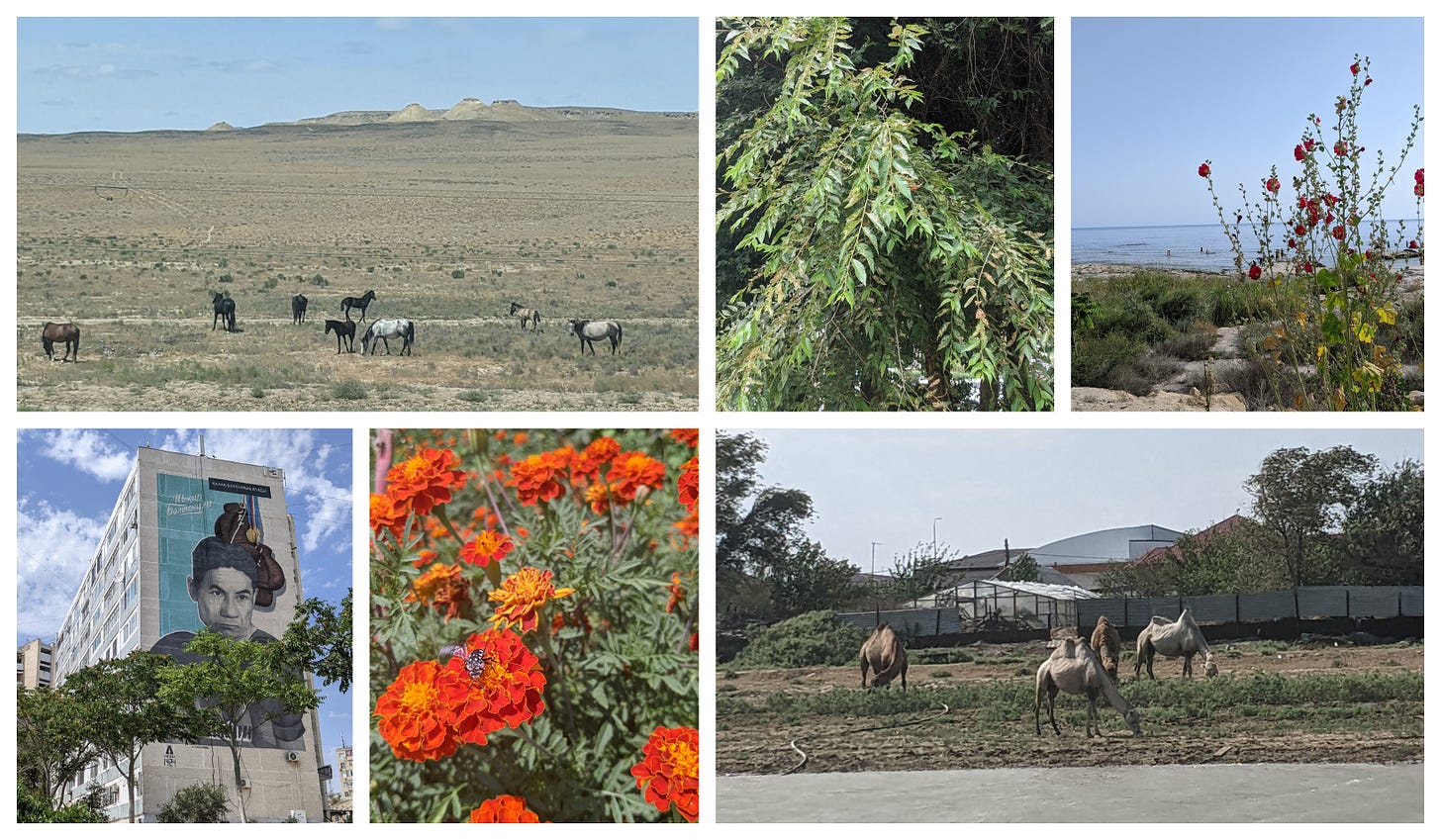
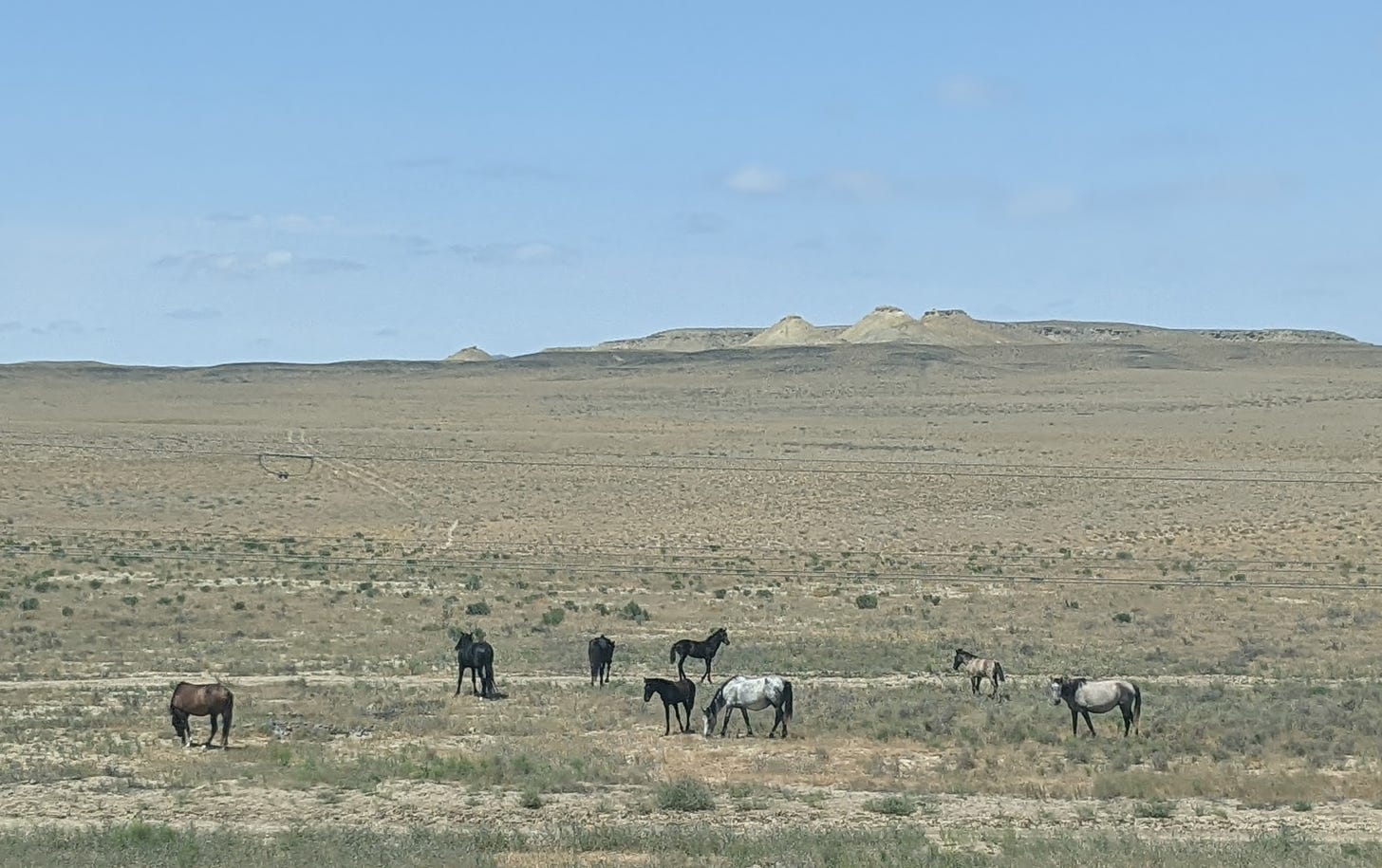
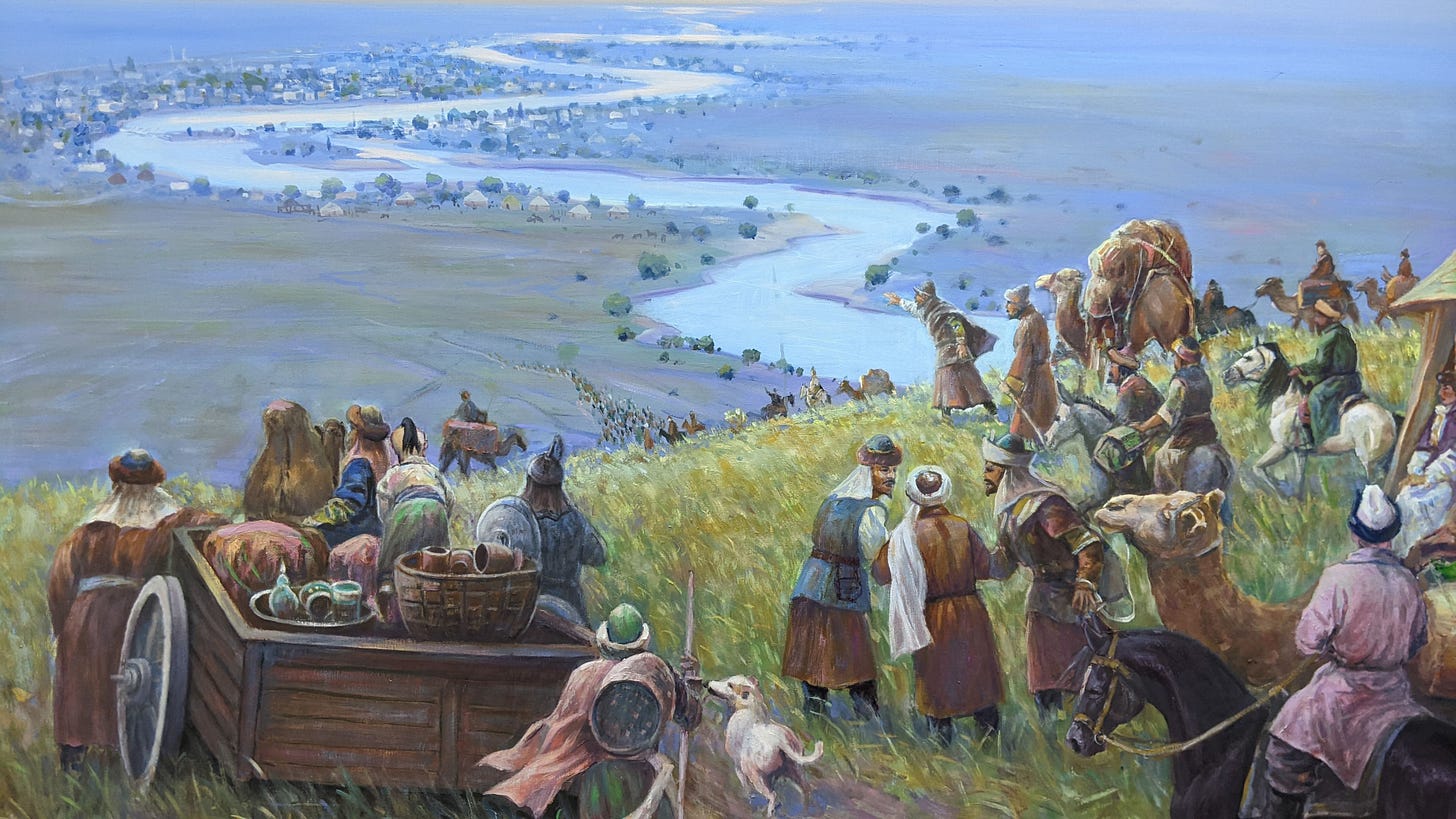
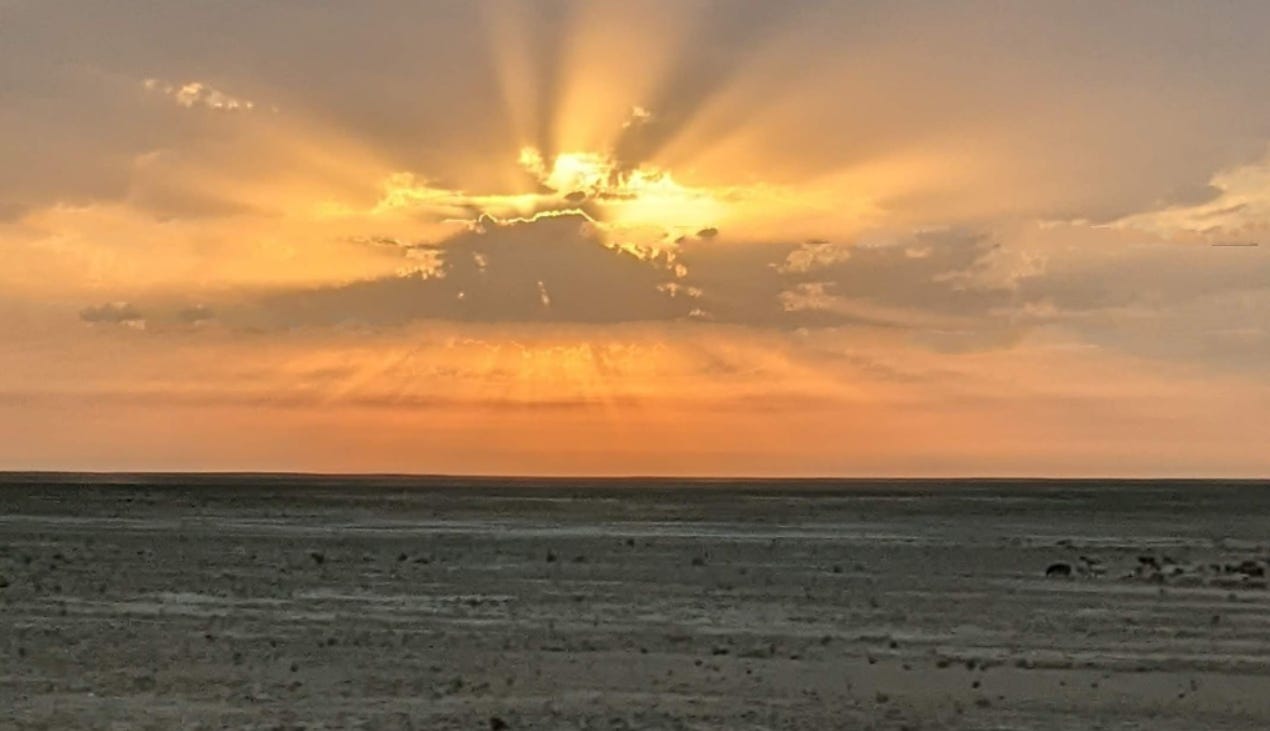
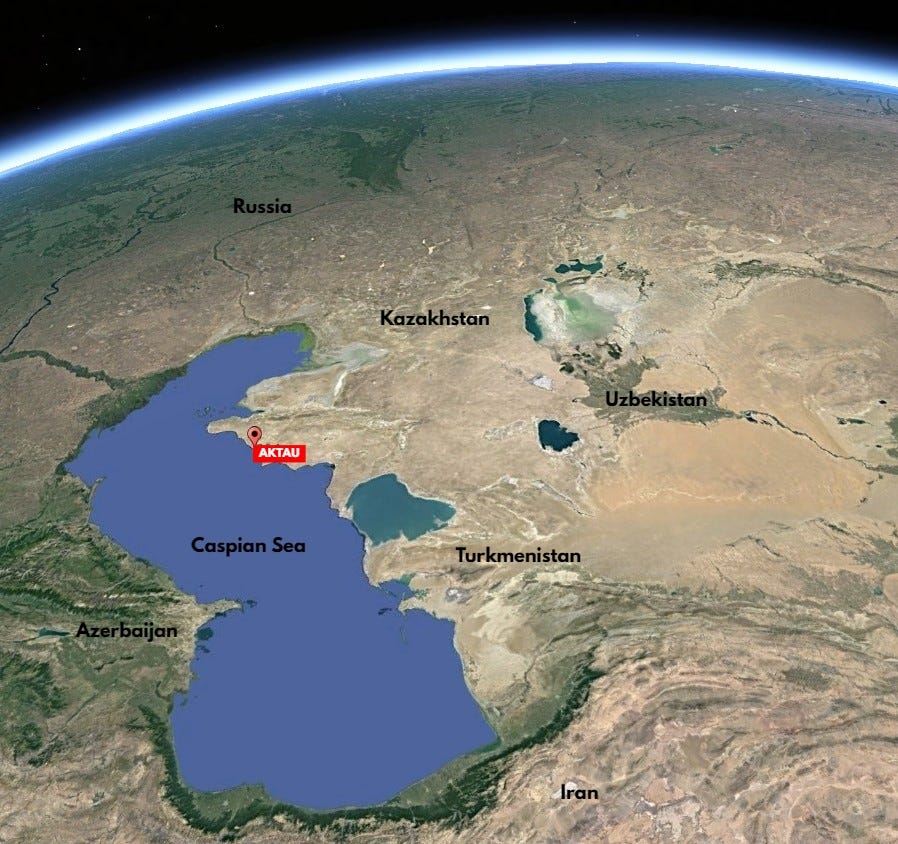
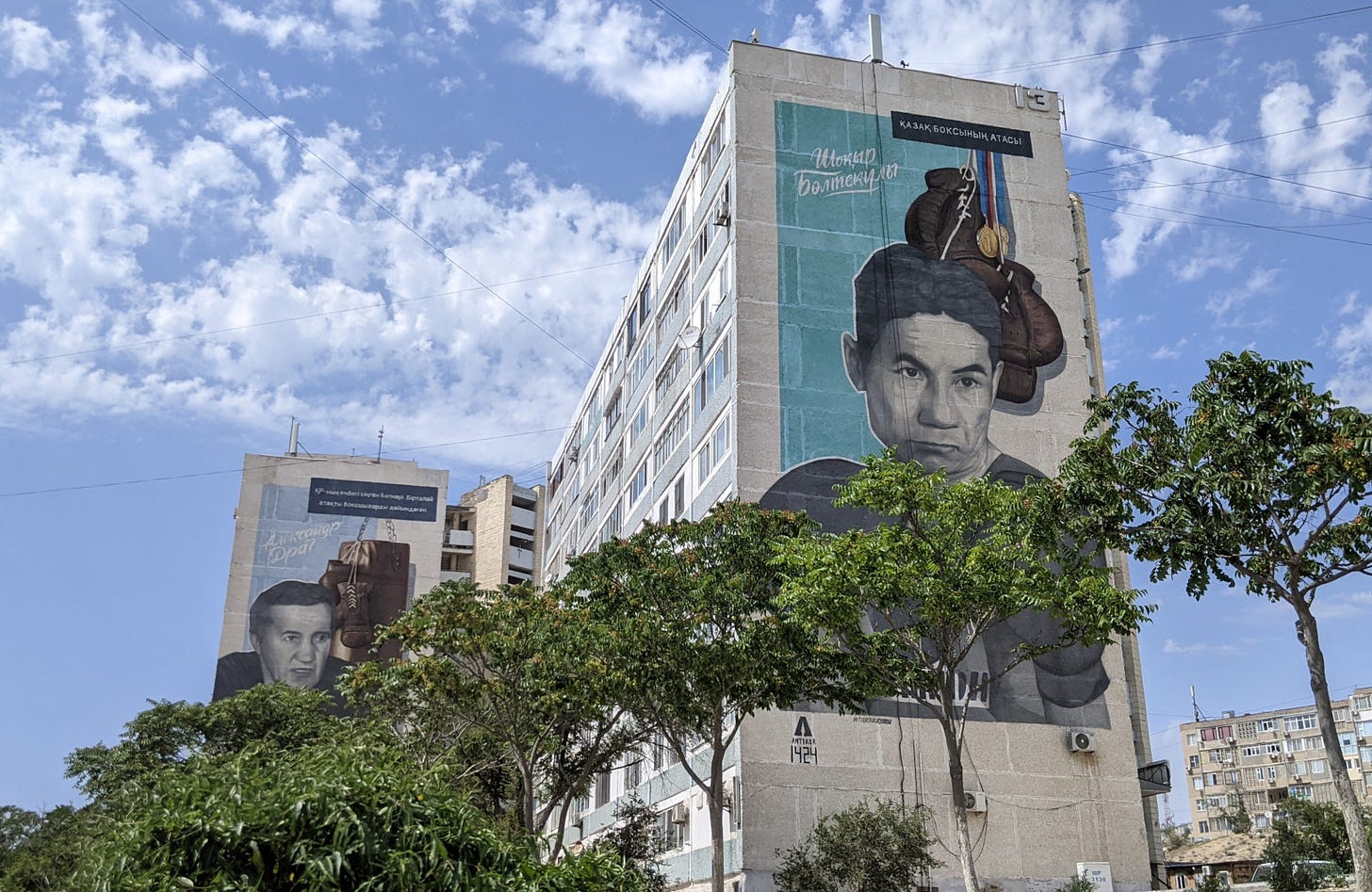
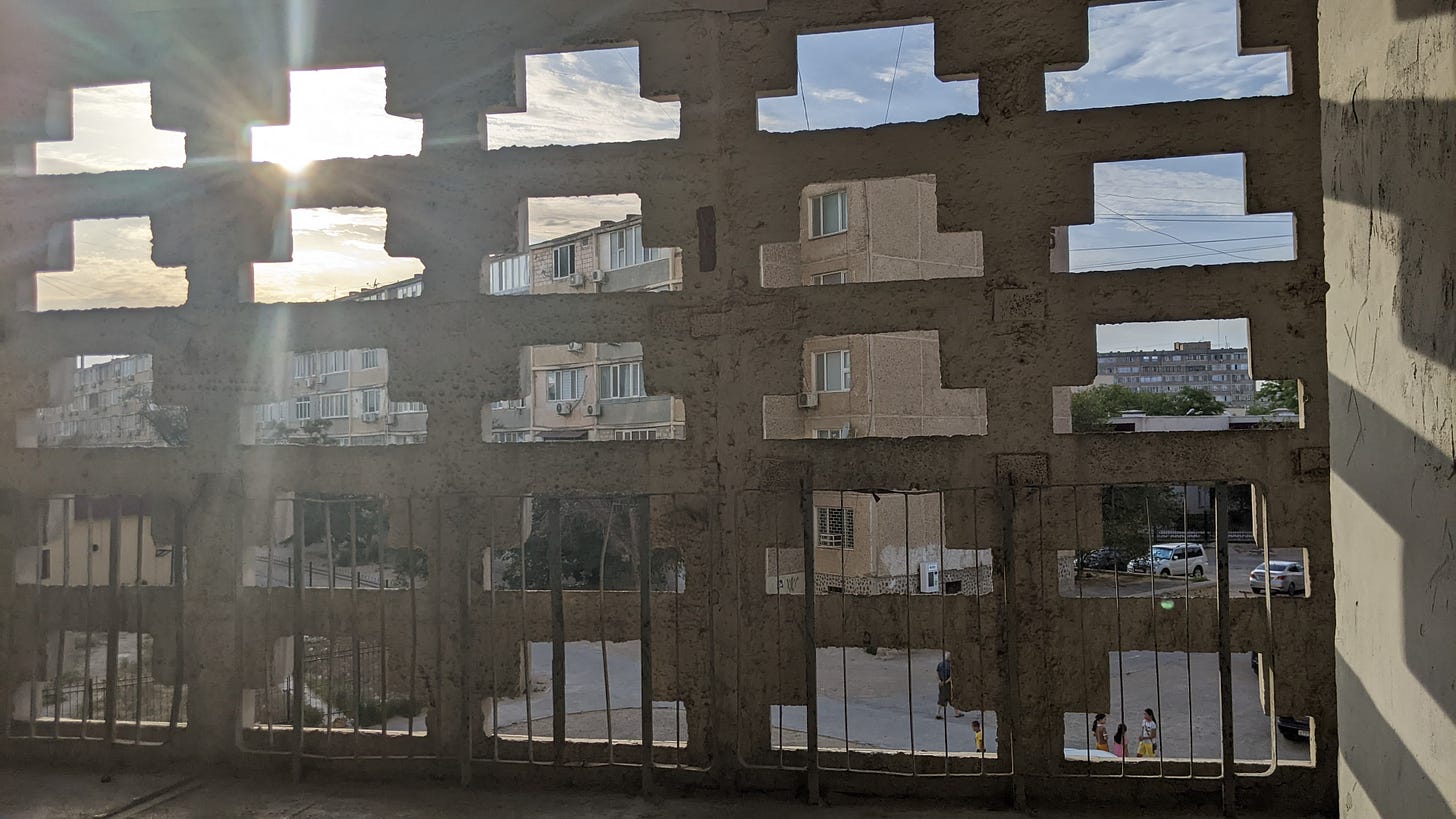
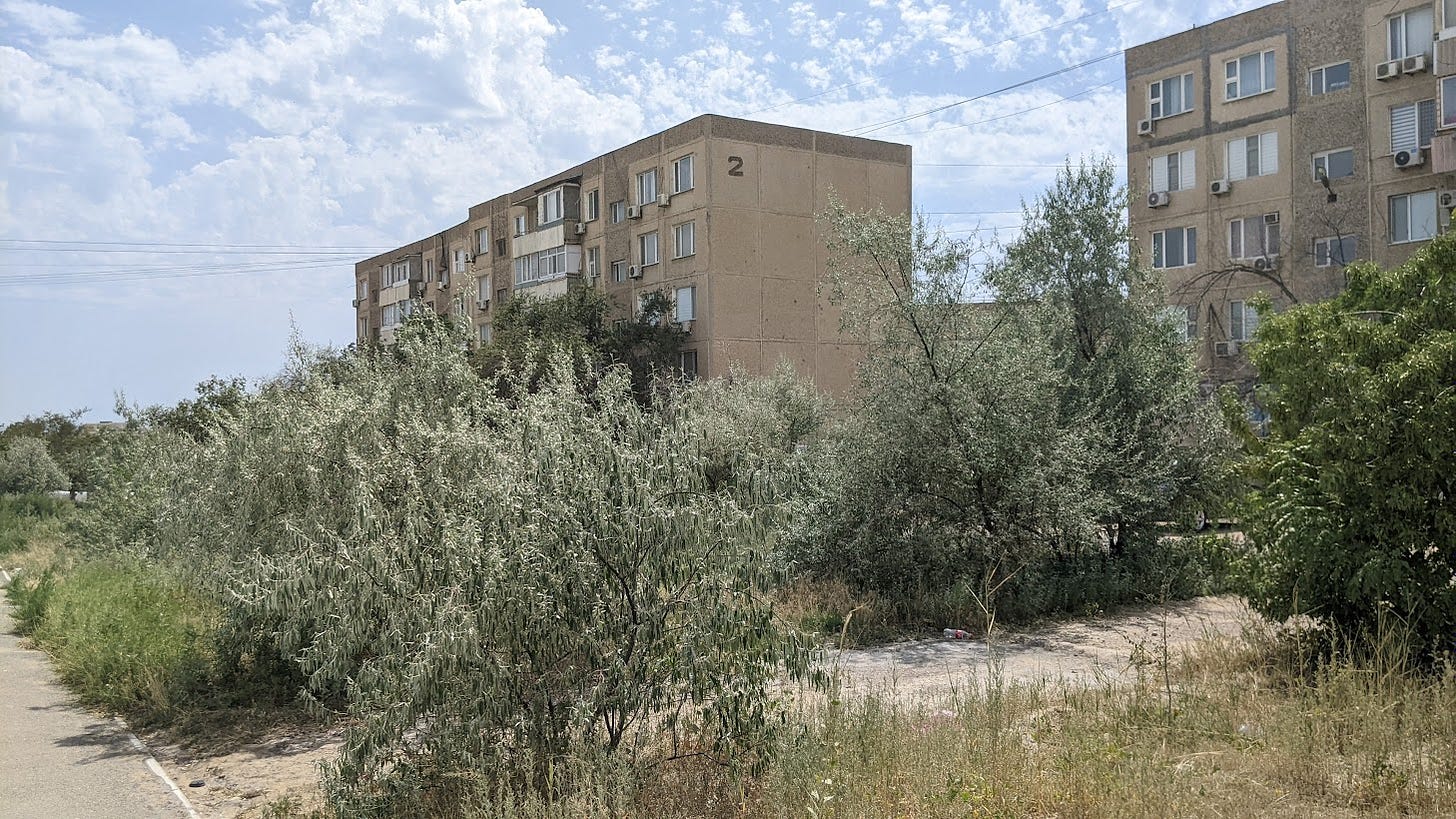
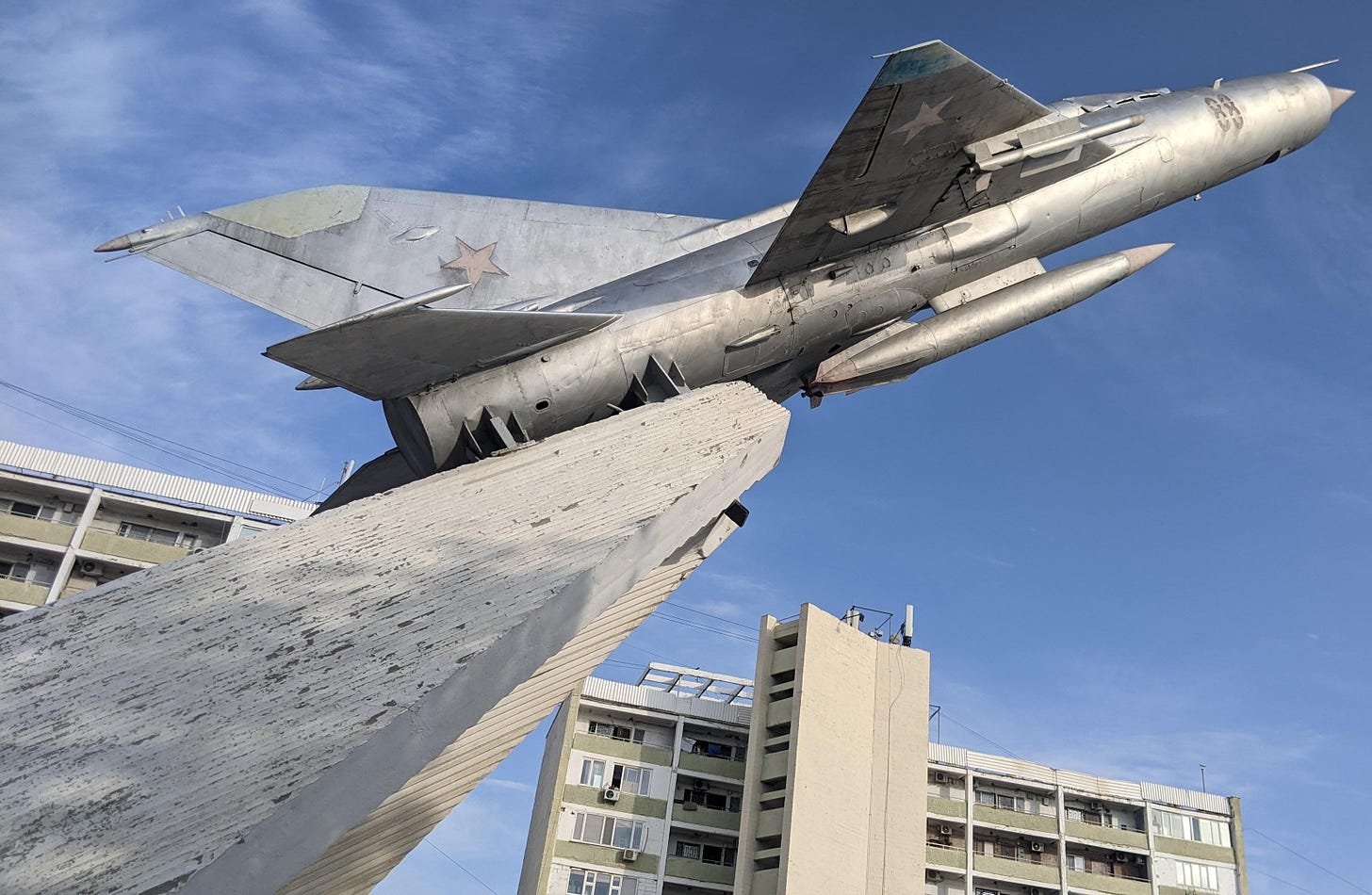
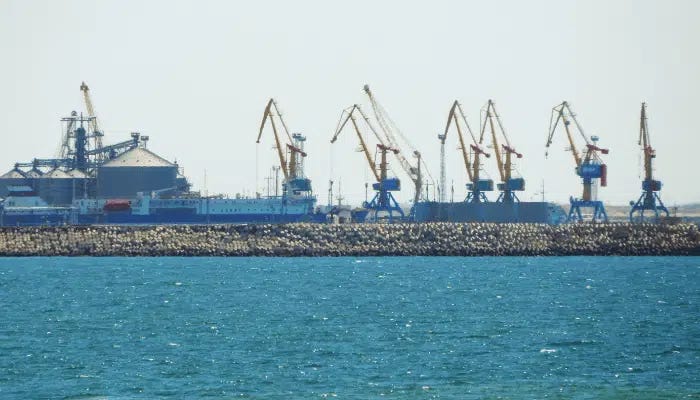

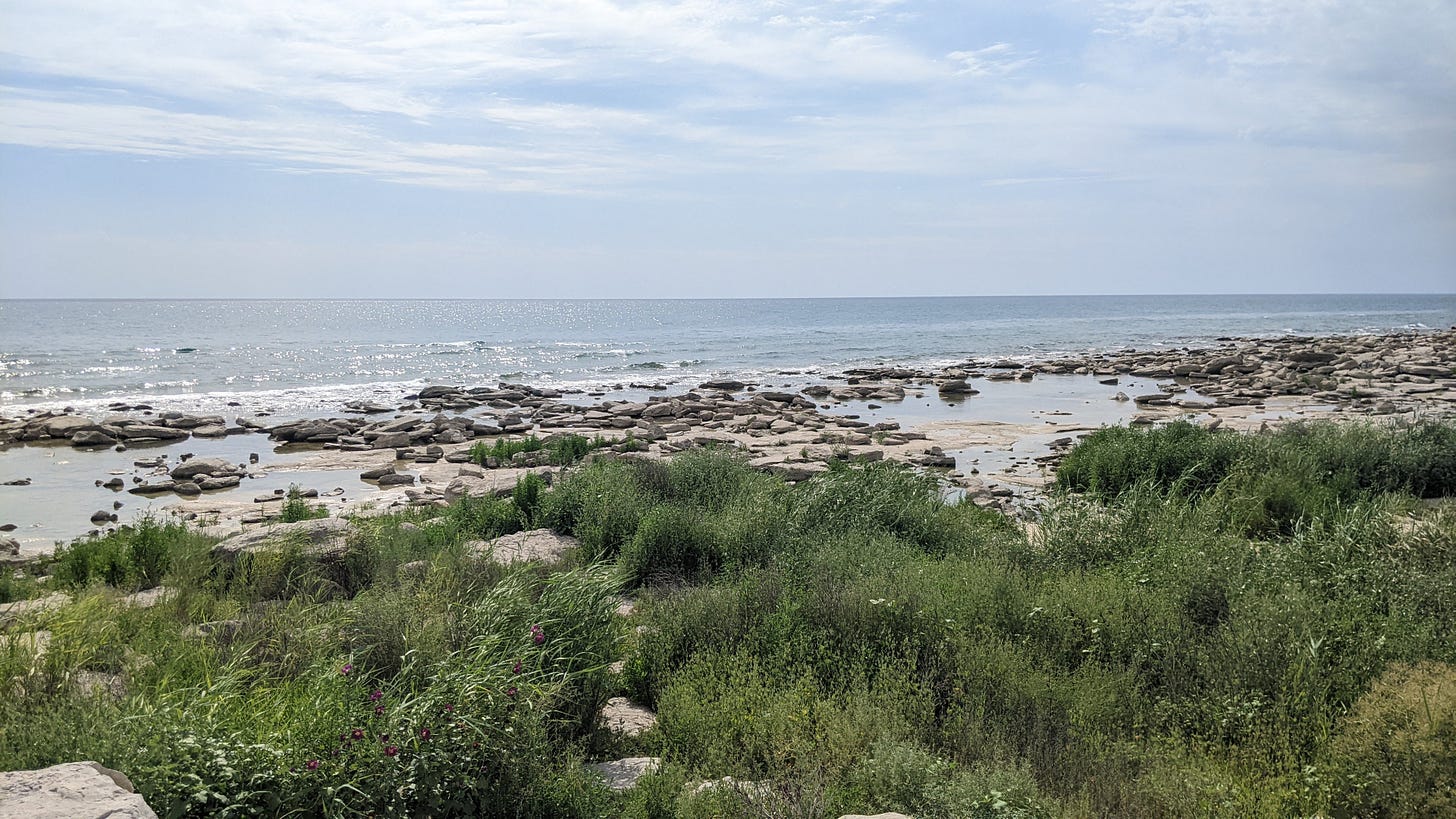
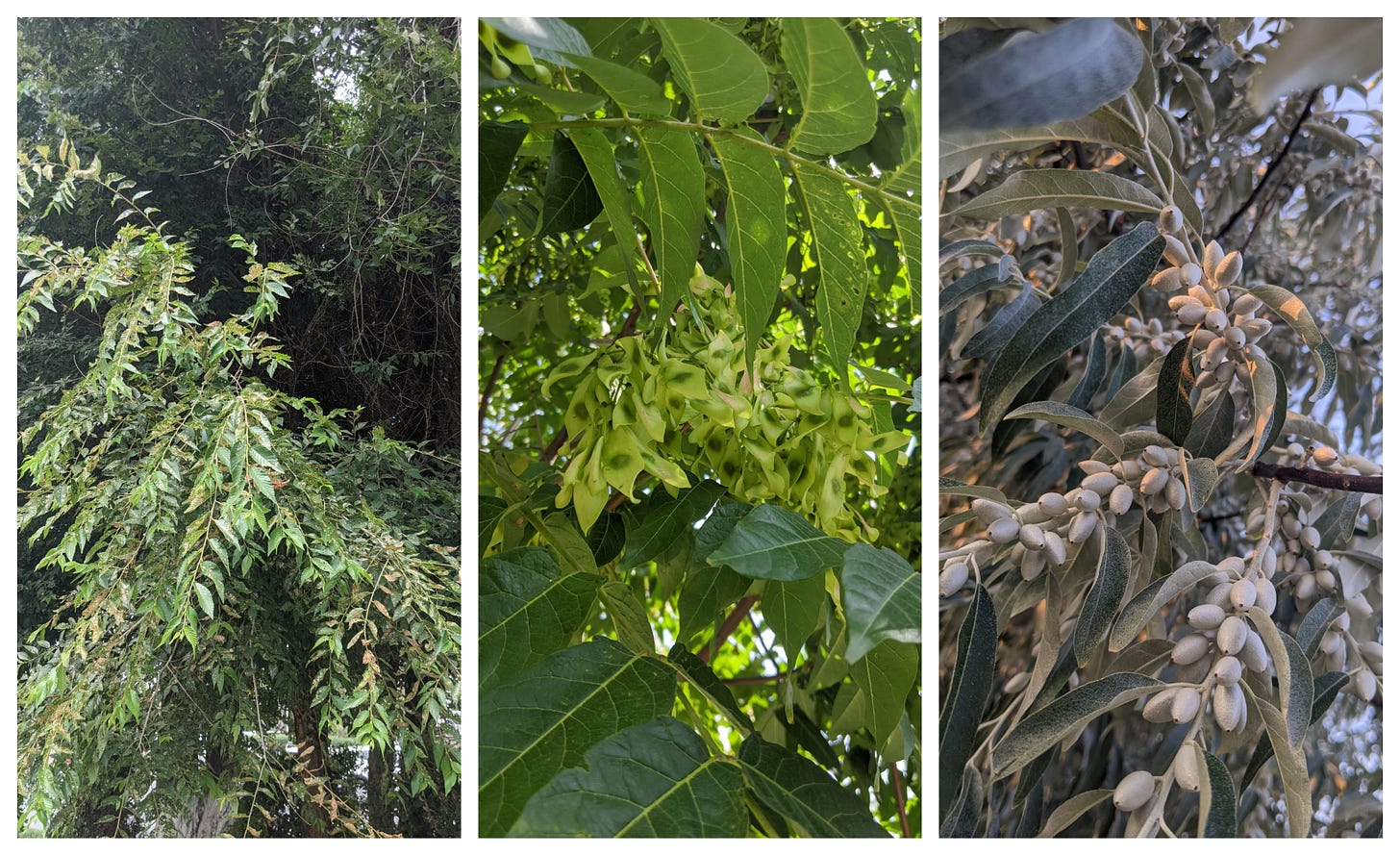
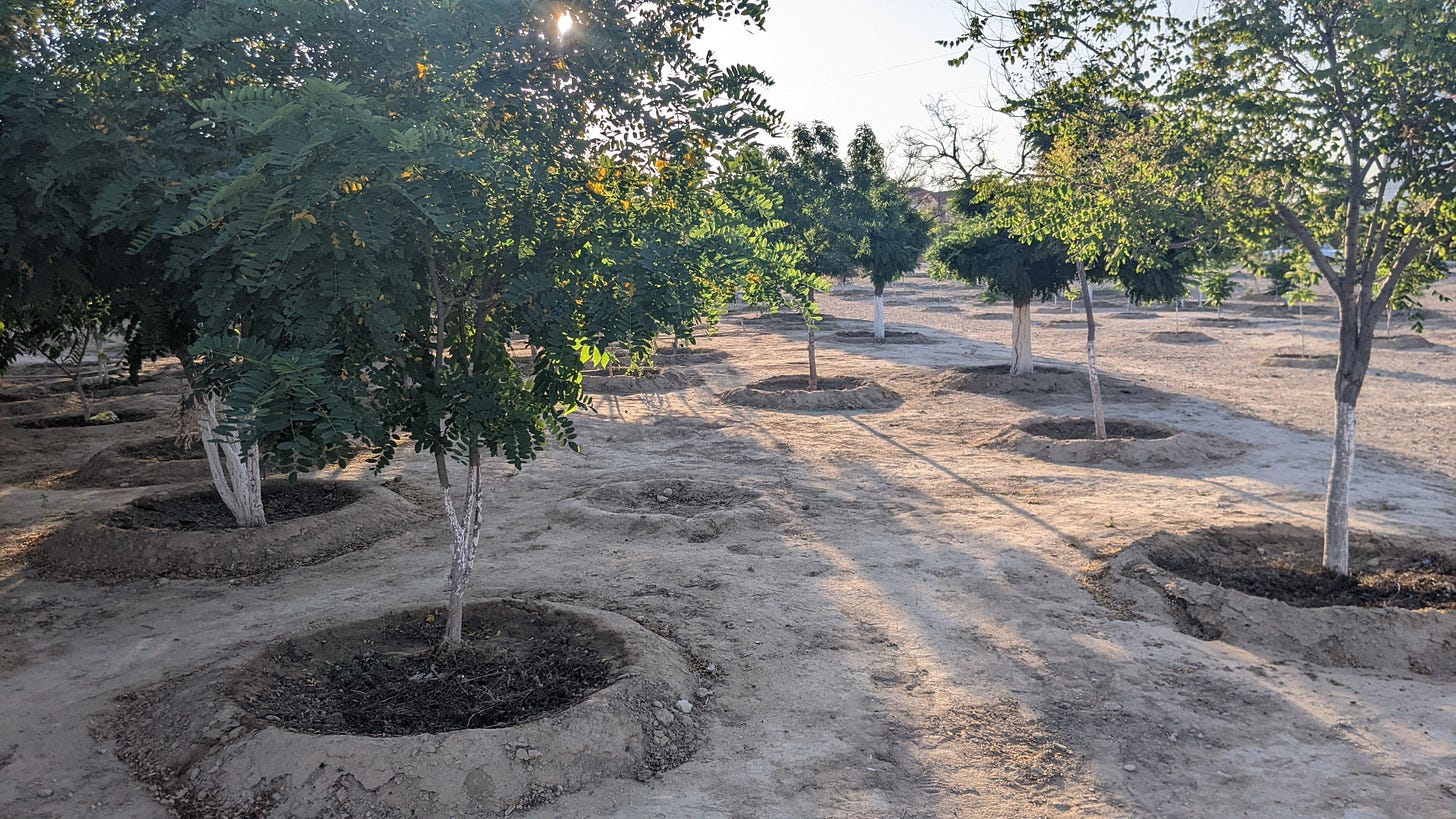
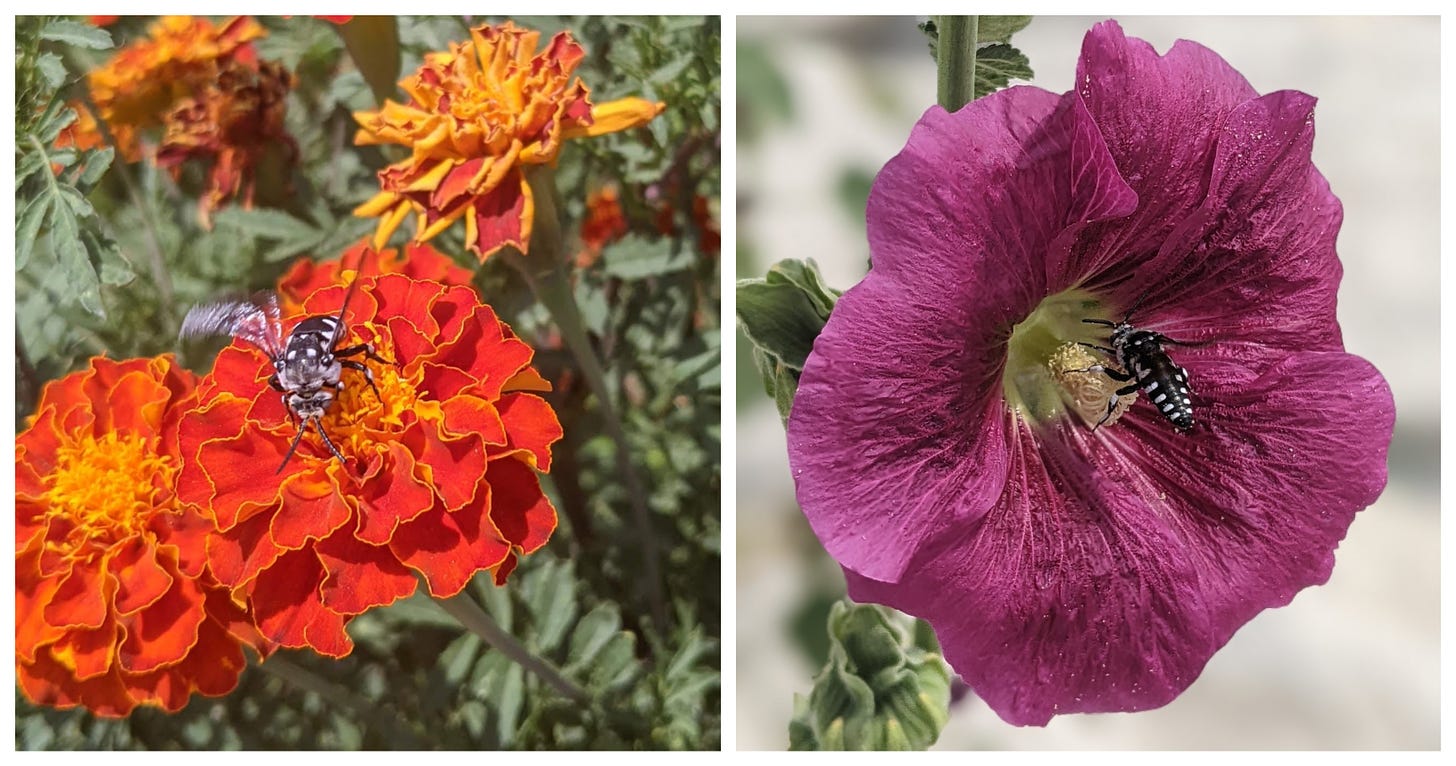
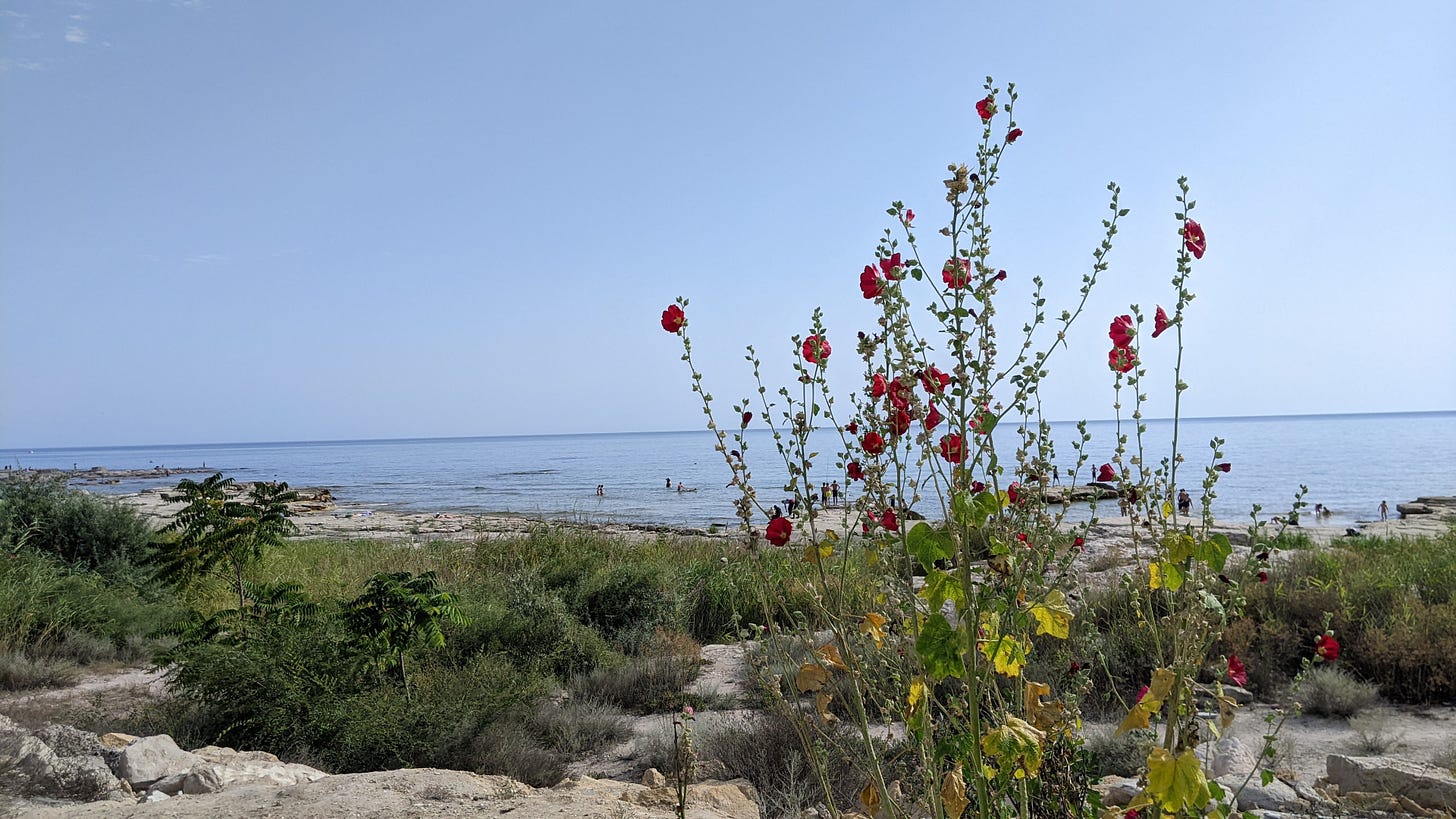
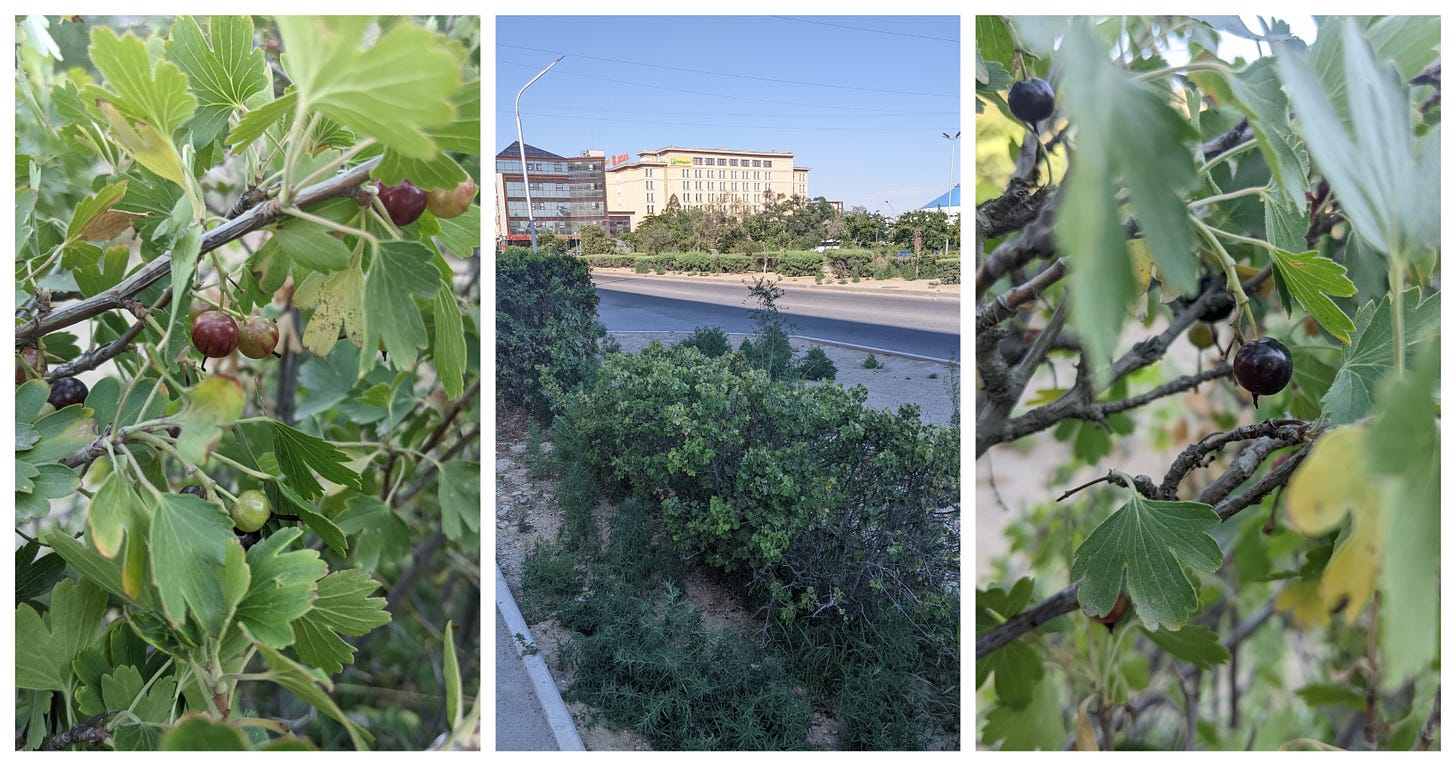

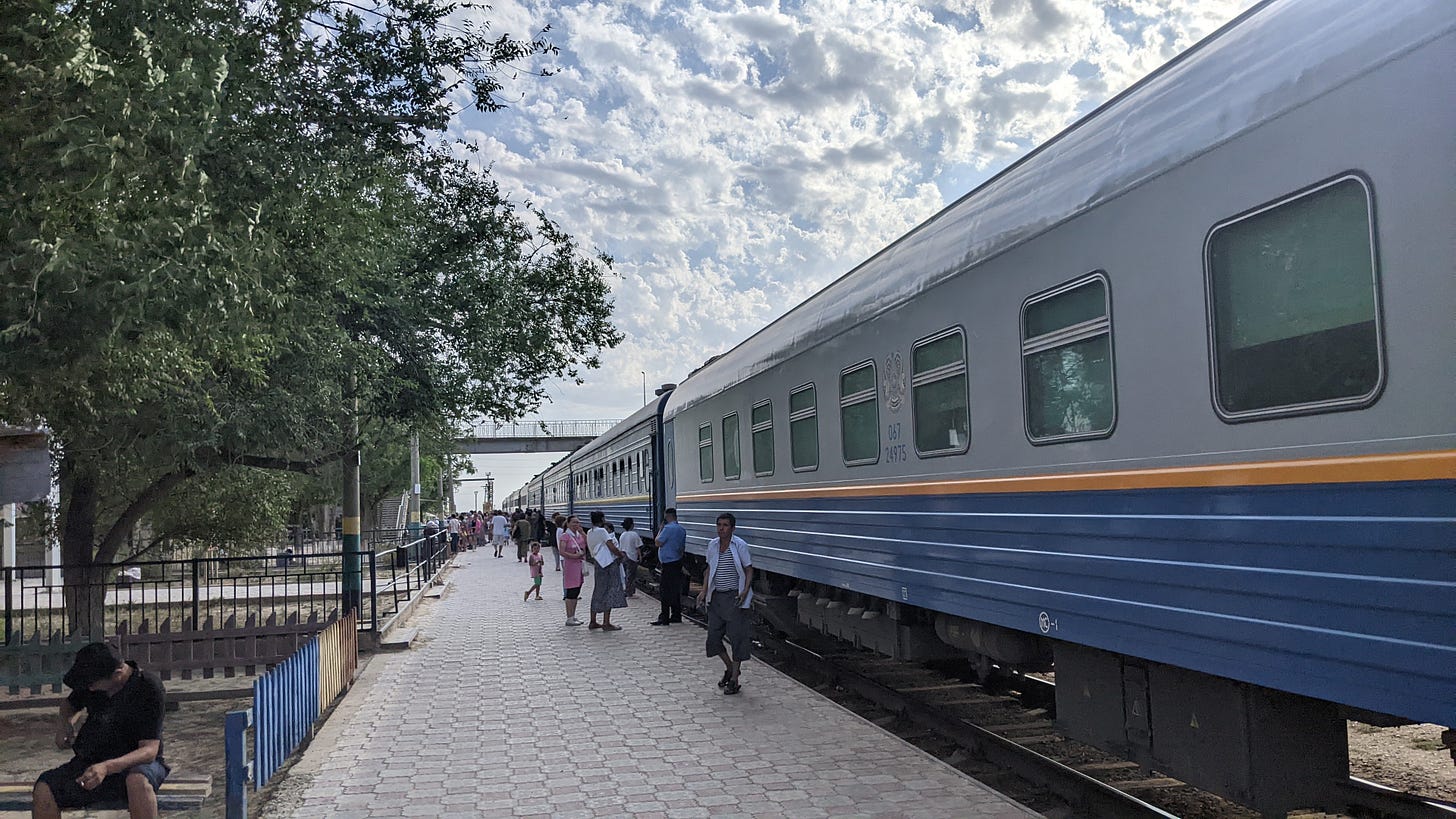
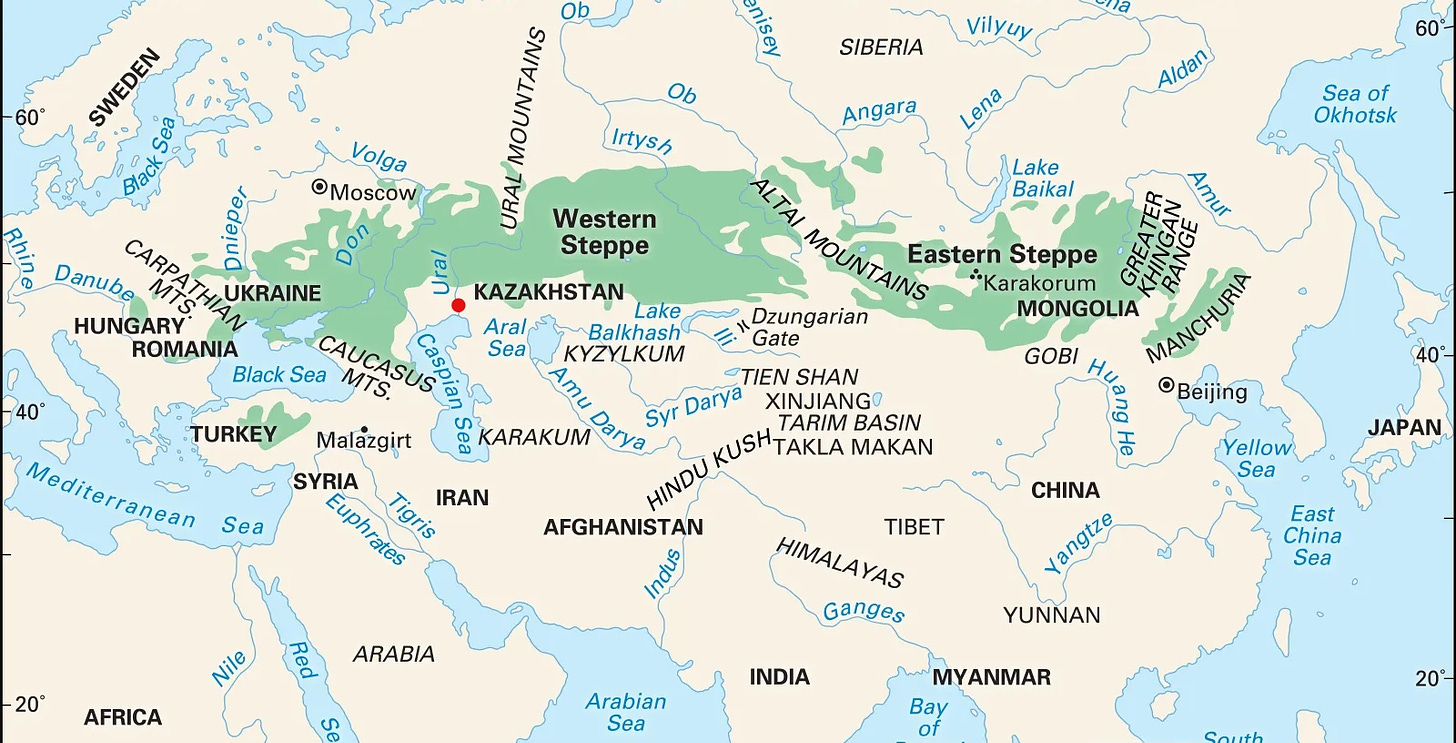
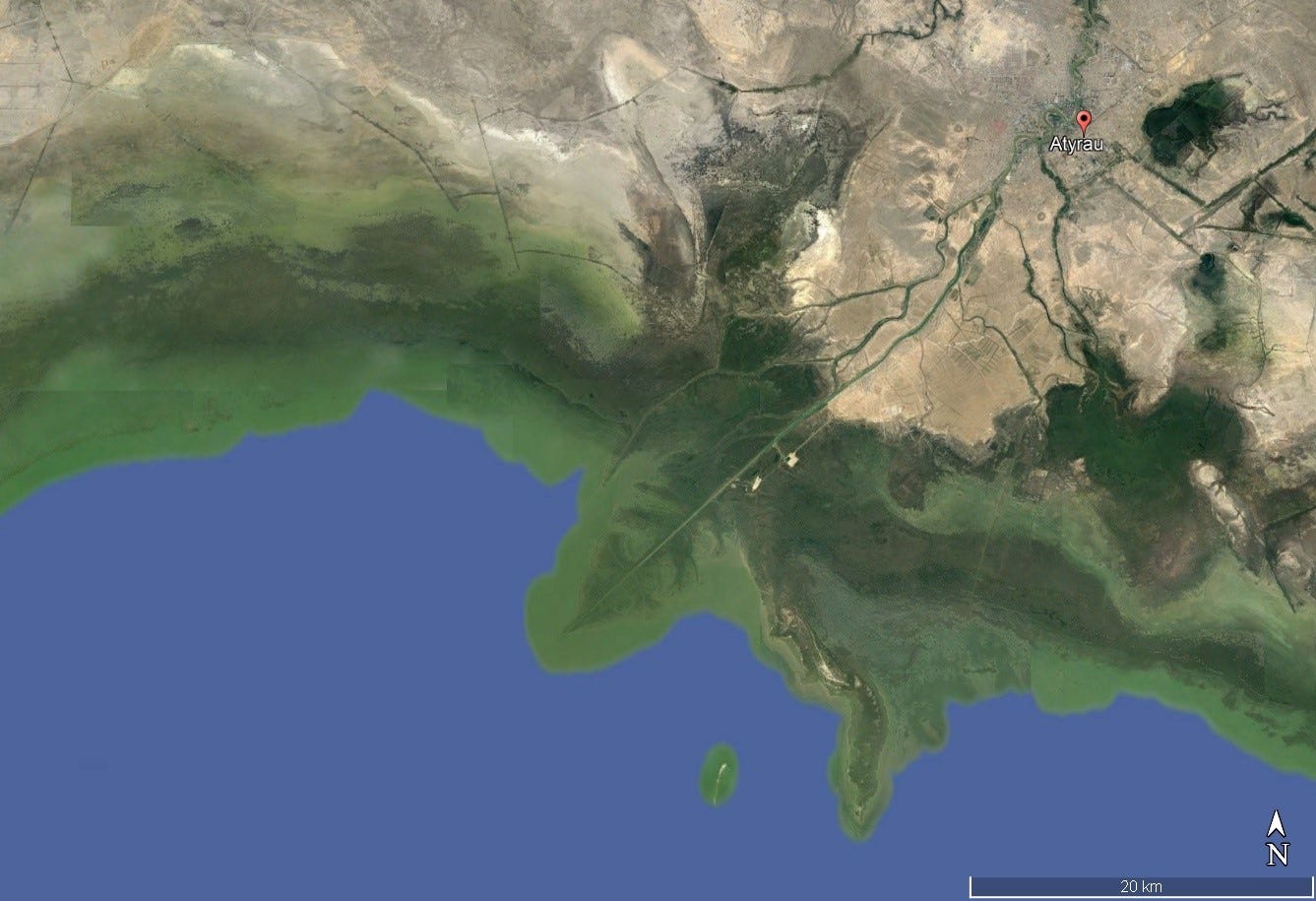
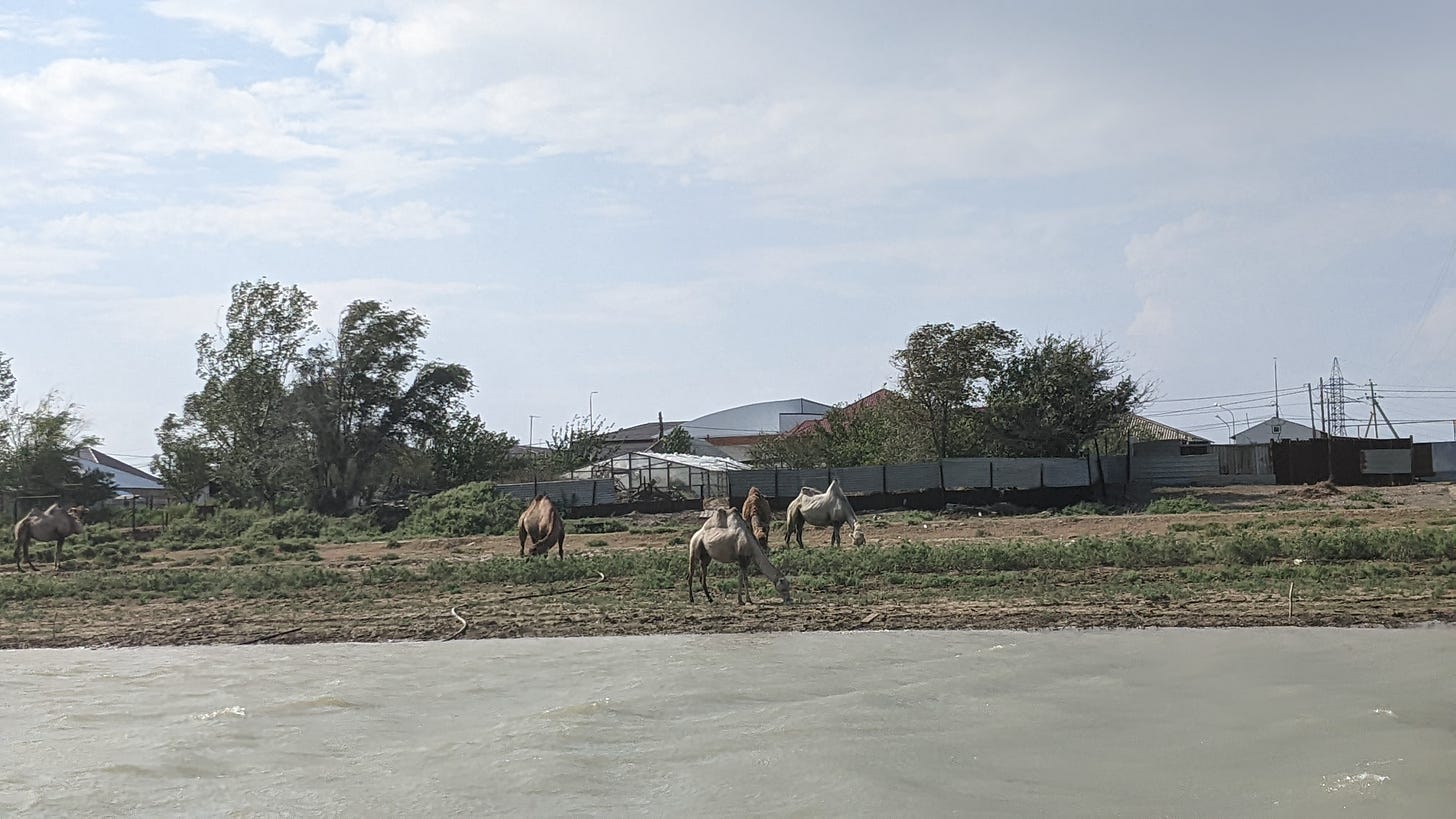
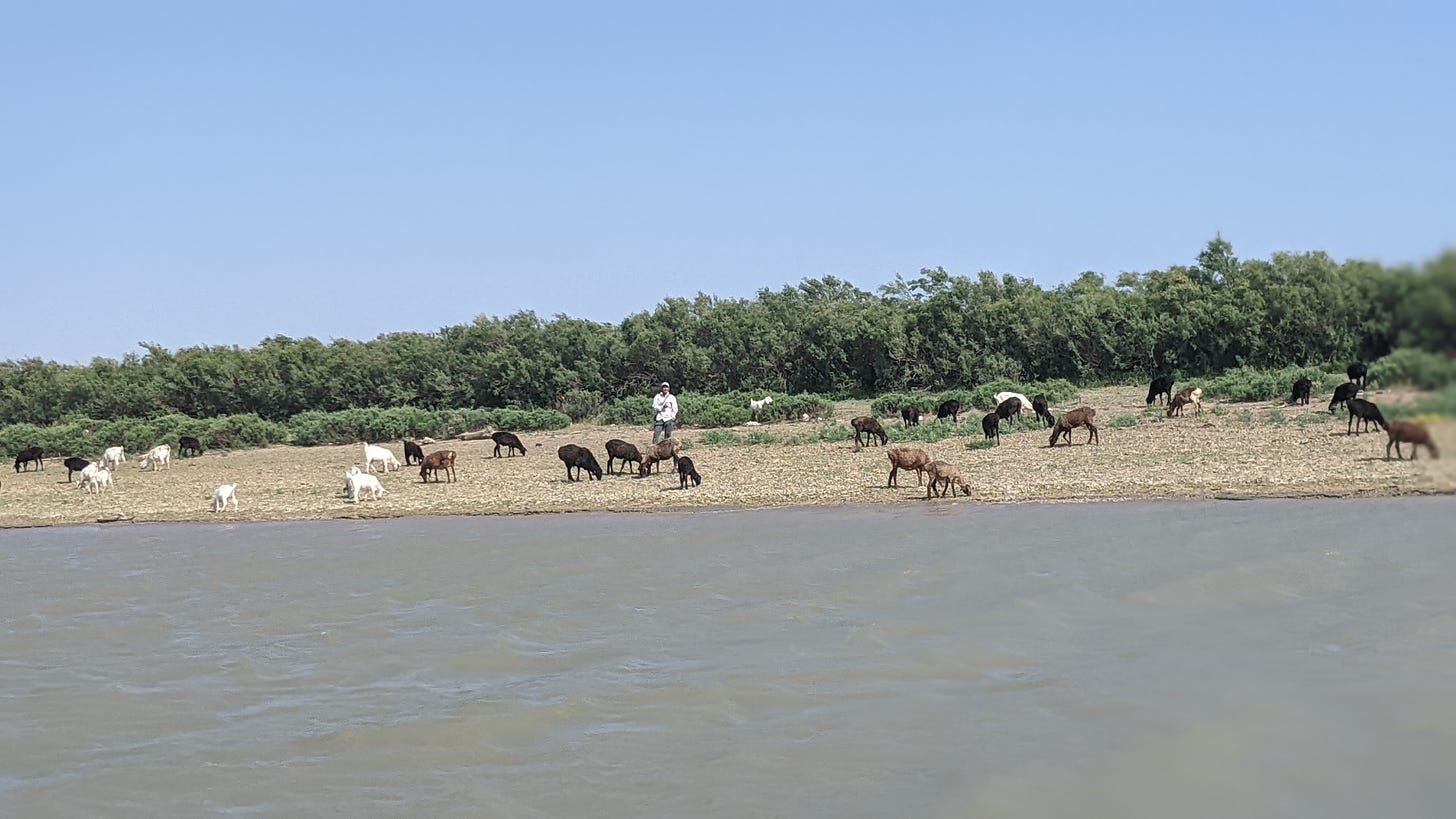


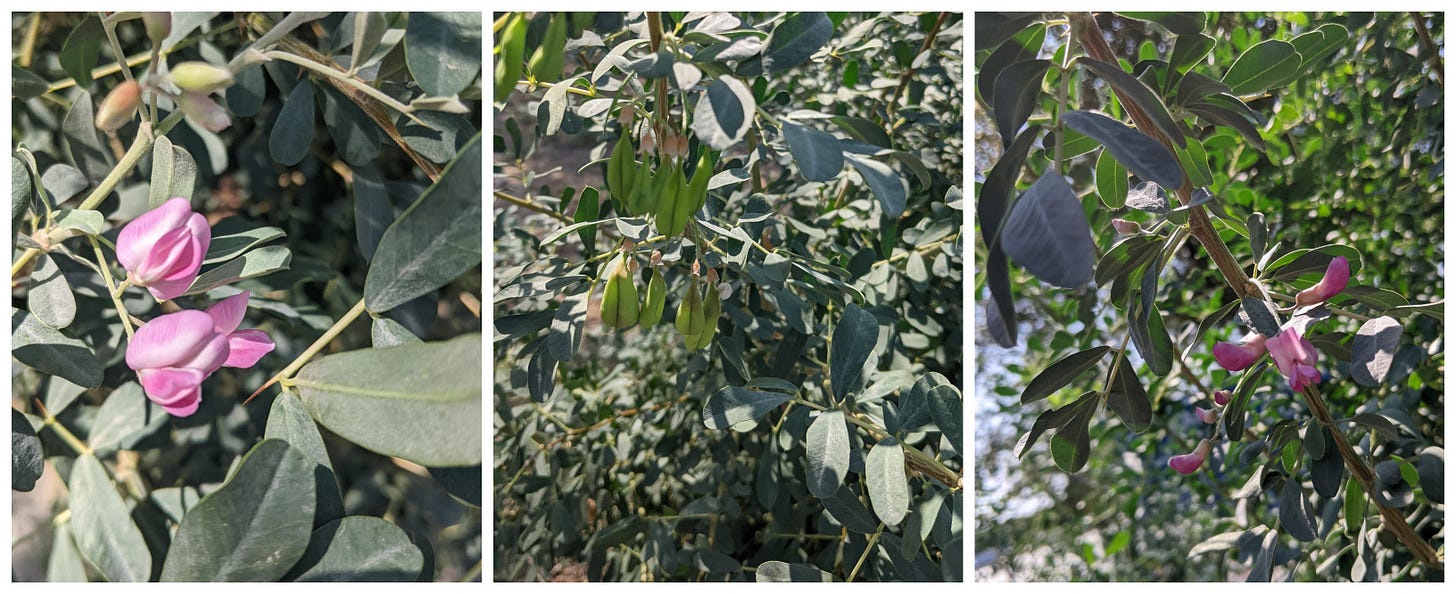
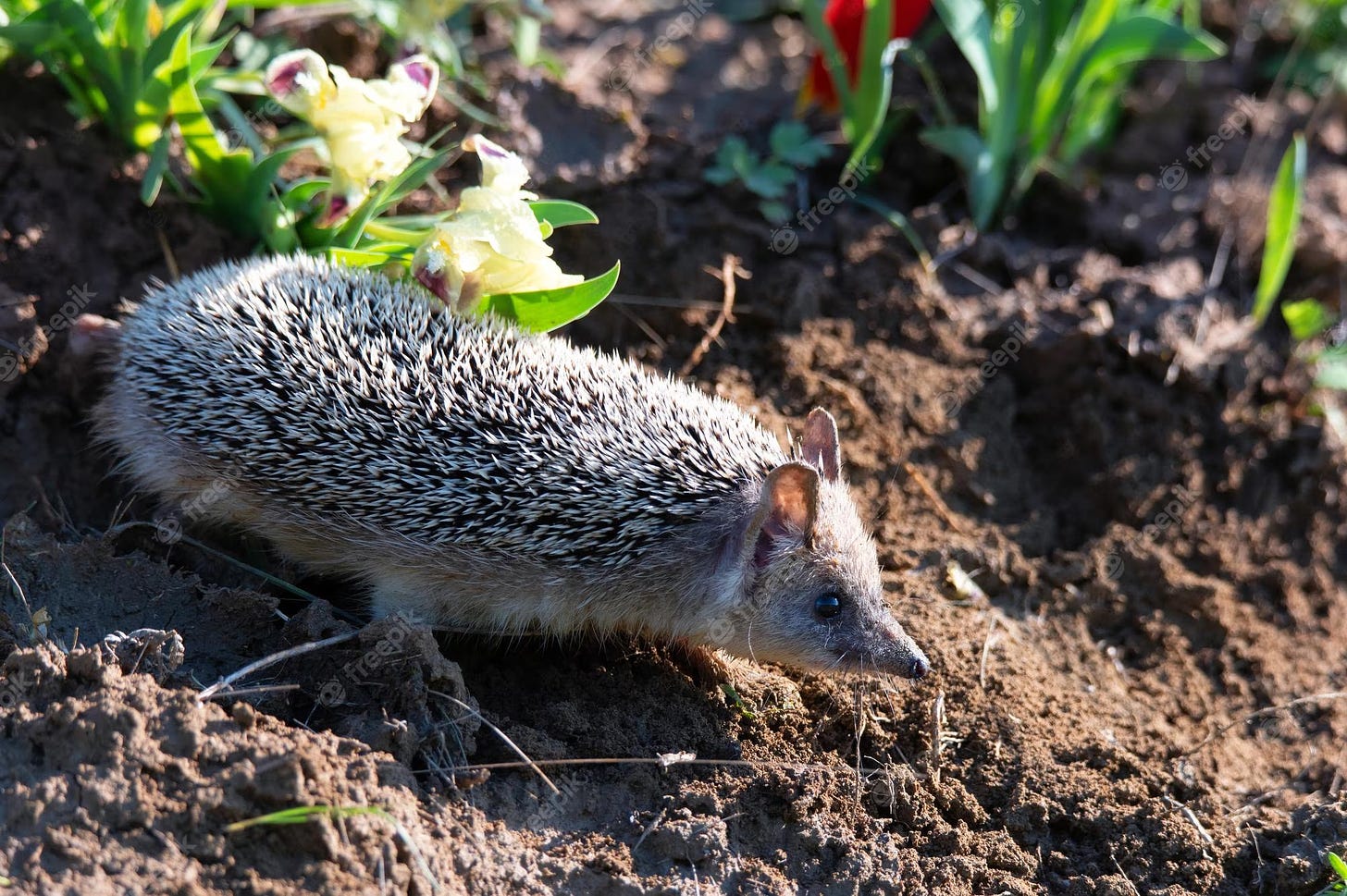

No comments:
Post a Comment